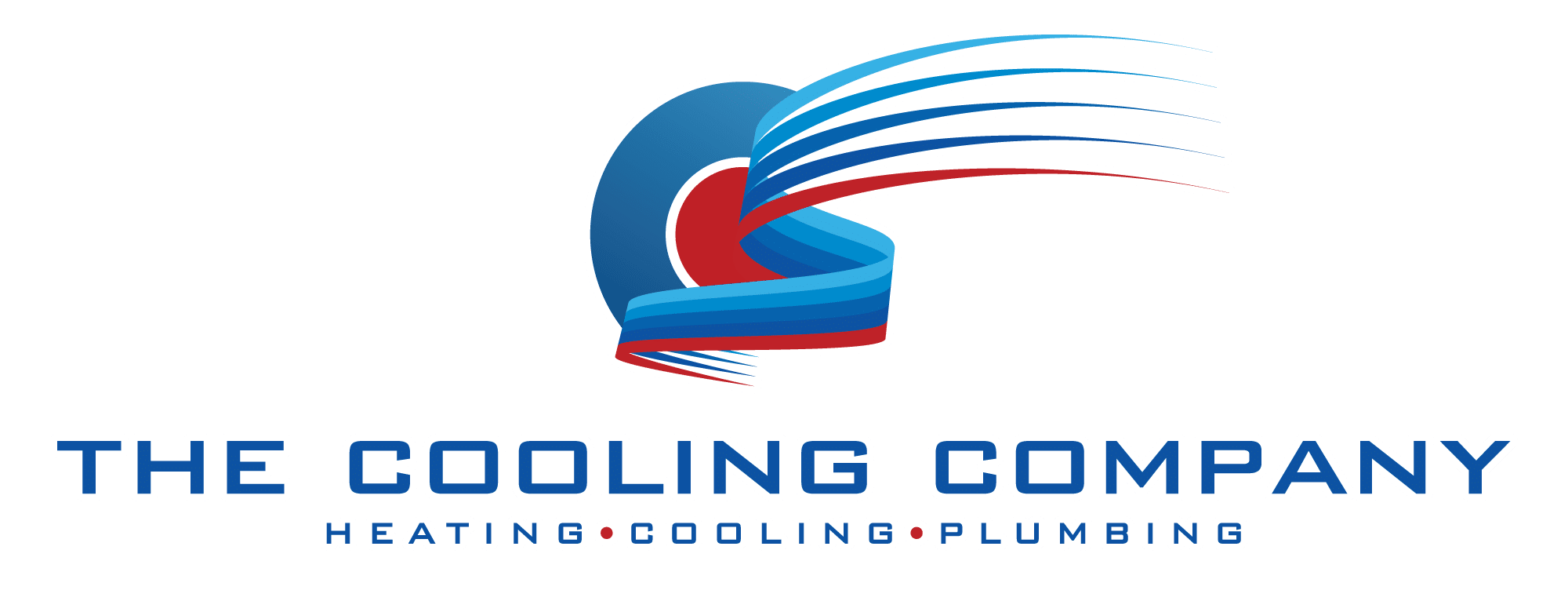Heating, Ventilation, and Air Conditioning (HVAC) systems are the backbone of modern comfort in homes and businesses. Proper HVAC installation is a complex process that involves multiple components, technical knowledge, and attention to detail. In this extensive guide, we will explore every facet of HVAC installation, leaving no stone unturned, to help you understand and appreciate the intricacies involved.
HVAC Installation: The Basics
The Definition of HVAC
Before delving into the installation process, it’s crucial to understand what HVAC stands for: Heating, Ventilation, and Air Conditioning. These systems are indispensable for maintaining indoor comfort and air quality.
The Importance of Proper Sizing
One of the foundational principles of HVAC installation is choosing the right-sized unit for your space. An oversized unit can lead to short cycling, resulting in discomfort and energy wastage. Conversely, an undersized unit struggles to maintain temperature. To determine the correct size, HVAC technicians perform load calculations based on factors such as building size, layout, and orientation.
Types of HVAC Systems
Understanding the different types of HVAC systems is key:
- Heat Pumps: These versatile units provide both heating and cooling but require careful installation, especially in extreme cold, where additional measures are necessary.
- Package Units: Commonly found in commercial buildings, package units are efficient and contain all components within a single rooftop unit.
- Straight Cool Split Systems: Widely used in residential homes, these systems consist of separate components – condenser, furnace, and coil – that work together to regulate indoor temperature.
The Role of Ductwork
Properly designed and installed ductwork is essential for efficient airflow and maintaining indoor air quality. Over time, poorly designed or neglected ducts can develop leaks, negatively impacting efficiency. Sealing and insulating ducts can improve energy efficiency and comfort but should be handled by qualified HVAC technicians.
Thermostats and Controls
Thermostats play a vital role in HVAC systems, controlling temperature settings. Programmable thermostats allow you to schedule temperature adjustments, enhancing energy efficiency. When selecting a system, look for a high Seasonal Energy Efficiency Ratio (SEER) rating, indicating greater efficiency. Advanced models even offer remote control capabilities.
HVAC Installation Tools
Screwdrivers and Screw Guns
HVAC technicians rely on various types of screwdrivers and screw guns for tasks such as tightening and loosening components. Screw guns are particularly useful in confined spaces, automating screw placement.
Duct Benders and Duct Cutters
Duct benders are employed to shape metal sheets for ductwork, while duct cutters are essential for cutting materials accurately, ensuring proper airflow.
Tongs and Hammers
Tongs are used to handle ductwork and components during installation without causing damage. Hammers are indispensable for breaking insulation material and extracting parts during installation and repair work.
Gauges
Gauges are essential tools for pressure checks when working with refrigerants. Different refrigerants have unique pressure requirements for optimal efficiency and safety.
The HVAC Installation Process
Step 1: Site Evaluation
A thorough site evaluation is the starting point for HVAC installation. Technicians measure the space, layout, and orientation to determine the ideal placement for the unit.
Step 2: Cutting and Insulating
Creating an opening for the outdoor unit and properly insulating the area are critical steps in ensuring energy efficiency and maintaining consistent indoor temperatures.
Setting Up the HVAC Unit
Technicians connect refrigerant lines, install duct systems, and connect indoor and outdoor units. A comprehensive inspection is conducted to verify the proper functioning of the system before handing it over to the customer.
Different Types of HVAC Installation
Split System
Split systems, consisting of an outdoor unit and an indoor unit, are the most common HVAC installations in homes. They efficiently provide cooling or heating.
Heat Pumps
Heat pumps are versatile systems capable of both heating and cooling, suitable for various climates, but requiring additional measures in extreme cold.
Air Conditioning
Air conditioners remove moisture and circulate cool air through ducts, maintaining comfortable indoor environments.
HVAC Installation Costs
Several factors influence HVAC installation costs, including system size, ductwork condition, electrical requirements, and additional components. Professional installation is essential to ensure compliance with local codes and optimal system performance.
Choosing the Right Contractor
It is important to ensure that your HVAC system is installed properly. And it’s equally it’s important to verify that you can trust the technicians who enter your home.
At The Cooling Company, each of our technicians undergoes a background check. Each goes through an extensive training. That’s how we ensure that only the most qualified and trusted technicians install HVAC systems.
There’s a lot to learn about the various HVAC products available. Contact us to schedule an air conditioning installation. Speak to one of our experts today. Call at (702) 479-5466. and schedule a consultation to know your HVAC installation cost. We are experts at both, residential and commercial HVAC installation.



